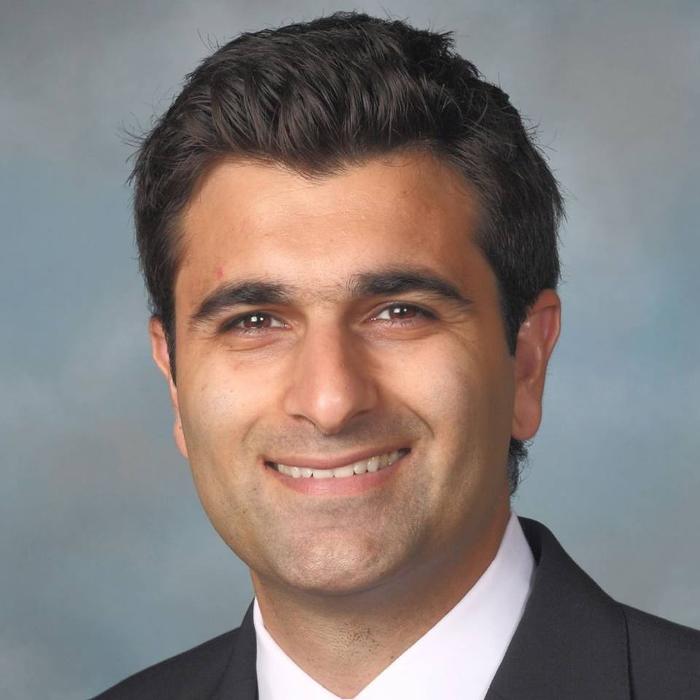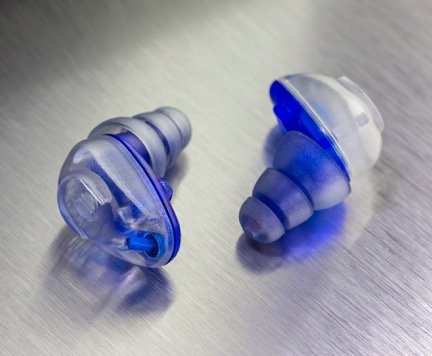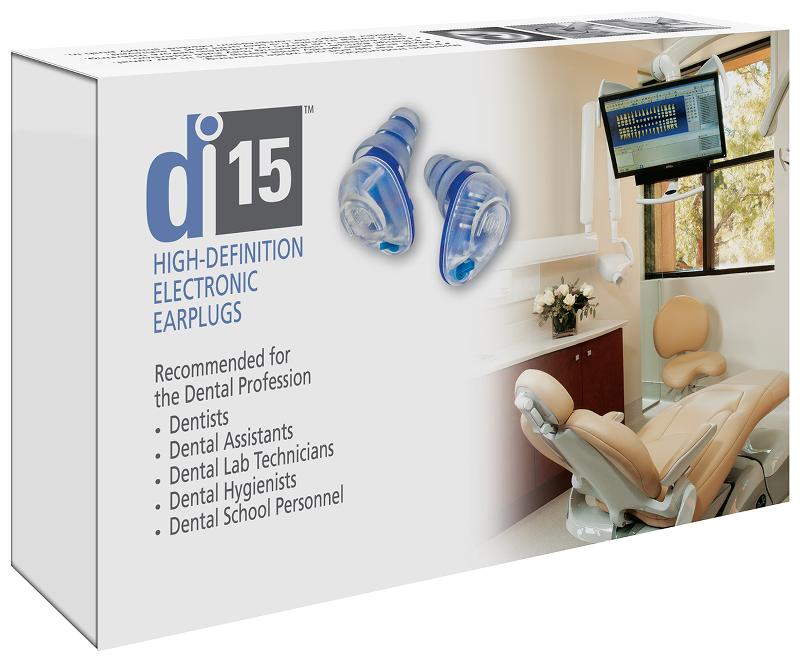Breaking Through the Noise
June 15, 2017
All too often, the noise from the dental drill elicits a visceral reaction from our patients. A cringe, a grimace- we all notice it. But as dental professionals, we aren’t the least bit phased by the noise. The noxious sound is so commonplace, it’s almost as though we don’t even hear it.
Soon after entering a private practice setting, Boston-based periodontist Dr. Sam Shamardi became painfully aware of just how much dental professionals endure, and it wasn’t just the drills. “We are bombarded with noise from all directions- we’ve got handpieces, ultrasonic instruments, high speed suctions, lab trimmers, air blasters, the radio, T.V. And, of course, people are talking.”
Throughout his career thus far, Dr. Shamardi has had the opportunity to work in wide variety of clinical settings. After graduating from his periodontics residency at the University of Pennsylvania in 2010, he spent a year practicing in his native Southern California before moving to Boston in 2011. Dr. Shamardi has worked in a number of general and specialty practices in Boston, and has been teaching postgraduate periodontics at Harvard for the past 6 years.

To Dr. Shamardi, it seemed so obvious: all these sounds must have a deleterious impact on our hearing. “Why is it that protective tools in dentistry have evolved so much over the past 50 years with gloves, masks, gowns, to the point that every inch of us is covered during procedures, yet we completely ignore protecting our ears?”
Upon searching for evidence in the literature of sound damage in the dental setting, he quickly realized this was not a new concept. This discussion actually dates all the way back to 1974, when the ADA published an article that discussed sound damage in the dental setting. “Over four decades ago, the ADA recommended that all dentists should consider using protective earbuds in the workplace.”
The dental industry has simply ignored the ADA’s suggestion for decades. But in this lingering problem, Dr. Shamardi started to see a huge opportunity. “The more I looked at the literature the more I got excited about the idea, and the untapped potential.” He set off as a dentist on a mission to learn about sound and sound protection. He quickly discovered that it’s not just any sound we need to reduce; rather, it’s crucial to focus on specific decibel levels and frequency ranges that are damaging to human ears.
There are in fact three different types of earplugs: foam, passive filters, and active filters. Foam earplugs simply reduce all noise from the environment entering the ear canal. Passive plugs actually have a functioning filter in them, but also reduce non-damaging sound (which may be crucial for communication during a patient procedure).
However, active earplugs contain an electronic circuit that is capable of instantaneously interpreting all the noises coming in, allowing for all sounds that are not damaging to pass through 100% clearly, while cutting down on the damaging frequency and high decibel ranges.

Despite having no formal training or expertise on sound, Dr. Shamardi set out to design and develop a set of active earbuds for use specifically in the dental setting. After studying the science of hearing, he looked to other industries for inspiration. “I went to people in other fields that are also bombarded with noises. I picked their brains about what they’ve done, what tools and products they use, and why they use them. I spoke with students at a school of music- people who unlike us [dentists] know they are at high risk for hearing damage. Talking to a musician or DJ, they get it, and are already doing something about it. Dentists haven’t really given much thought to it. “
The next step was to figure out what type of technology already exists, and what might need to be developed to address concerns of communication in the dental practice. Dr. Shamardi spent nearly 8 months speaking with various experts who had developed different products. Ultimately, he connected with a Chicago -based company that has been instrumental in the development of sound protection technology: “truly pioneers of in-ear tech.”
Dr. Shamardi was able to use some previously laid groundwork to develop his product, the DI15. “The experts were able to bypass engineering the earbud from the ground up, as they took a lot of the existing technology developed over the past 30 years, and developed custom circuitry that would be ideal for the dental field.” Dr. Shamardi then trademarked the DI15 product. (DI is an acronym for Dental Innovations, and 15 is the number of decibels reduced by the active filter in the earbud.) The microcircuit used in the DI15 is a US patented tech, and US produced product.
Dr. Shamardi’s earbud has been on the market for a few years now, and is available for purchase at his website here. His product has the potential to revolutionize the way dentists and patients alike protect themselves from noise in the clinical setting. We’ll all be keeping a close eye on his continued progress as dental professionals adapt to protect their hearing.

Ready to save with Supply Clinic?
Start Shopping!